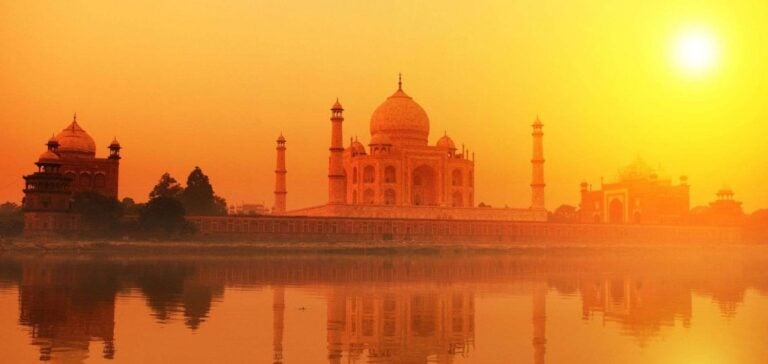The summer season in India is marked by temperatures that regularly climb above 40 degrees Celsius, leading to an exponential increase in demand for electricity, mainly for air conditioning and refrigeration. This year, with maximum temperatures well above average, peak energy demand has already reached 214 gigawatts (GW) in May, and is expected to surpass 250 GW in the coming months. Faced with this rise, the Indian government has increased output from gas-fired power plants, a fast and flexible energy source, to fill the temporary gap created by the limits of renewable energy production and the occasional failure of coal-fired power plants.
The Role of Natural Gas in Energy Stability
Natural gas, particularly in liquefied form (LNG), plays a crucial role in managing energy demand in India during peak periods. With the rapid start-up capability of gas-fired power plants, they are the perfect buffer for unexpected or seasonal peaks in demand. To date, gas-fired power generation has risen sharply to 150 GWh/day to meet increased demand. This increase was supported by strategic LNG imports, facilitated by relatively low world market prices, enabling India to secure sufficient volumes without significantly disrupting the overall energy cost structure.
Economic Implications and LNG Import Strategies
With gas-fired power plants operating at full capacity, India is at a strategic crossroads for LNG imports. Current prices, as assessed by the Platts West India Marker and the JKM for Northeast Asia, are crucial in deciding future buying strategies. Energy companies and importers keep a close eye on these indices to optimize their purchases. Indeed, GAIL and other major importers adjust their contracts and tenders in line with price fluctuations to guarantee a stable, cost-effective energy supply.
Future Challenges and Perspectives
Increasing dependence on LNG, however, poses challenges in terms of sustainability and long-term energy security. As India continues to develop its renewable energy capacity, the integration of gas into the energy mix needs to be carefully managed to avoid over-dependence on an imported energy source. In addition, with the increase in extreme weather conditions due to climate change, India’s future energy planning needs to consider solutions that are more sustainable and less susceptible to the volatility of the global fossil fuel market.
The current heatwave in India highlights not only the immediate challenges of managing energy demand, but also broader issues of energy security and sustainability. As the country navigates through these challenges, the flexibility offered by LNG and gas-fired power plants is indispensable. However, for a stable and sustainable energy future, India needs to balance its energy sources and accelerate the integration of renewables into its national grid.






















